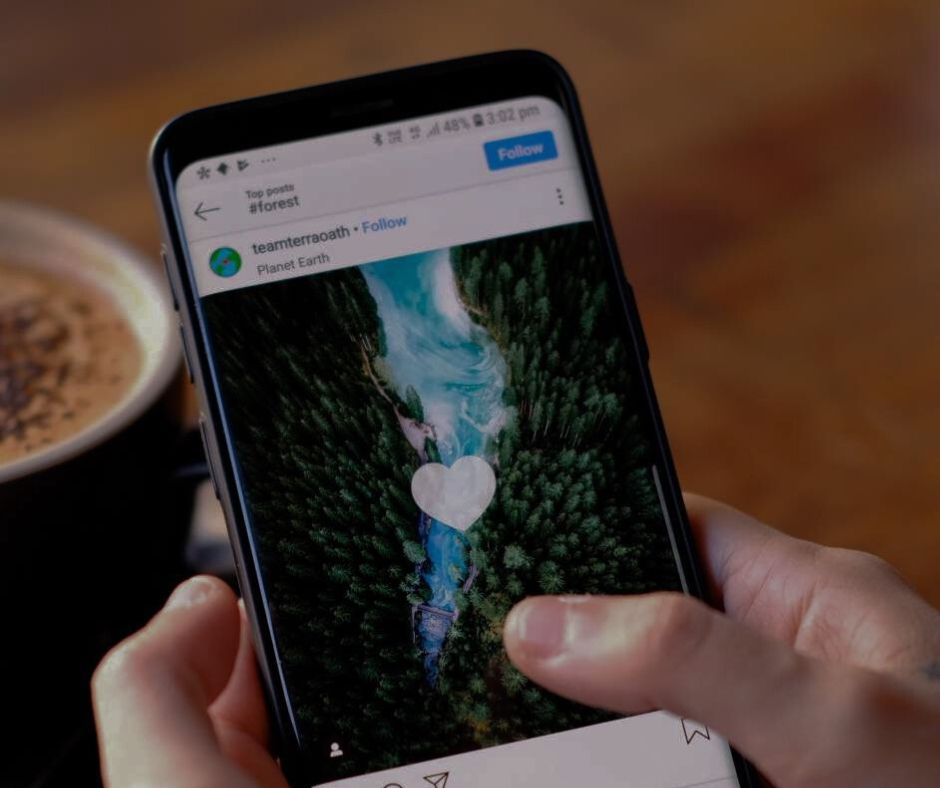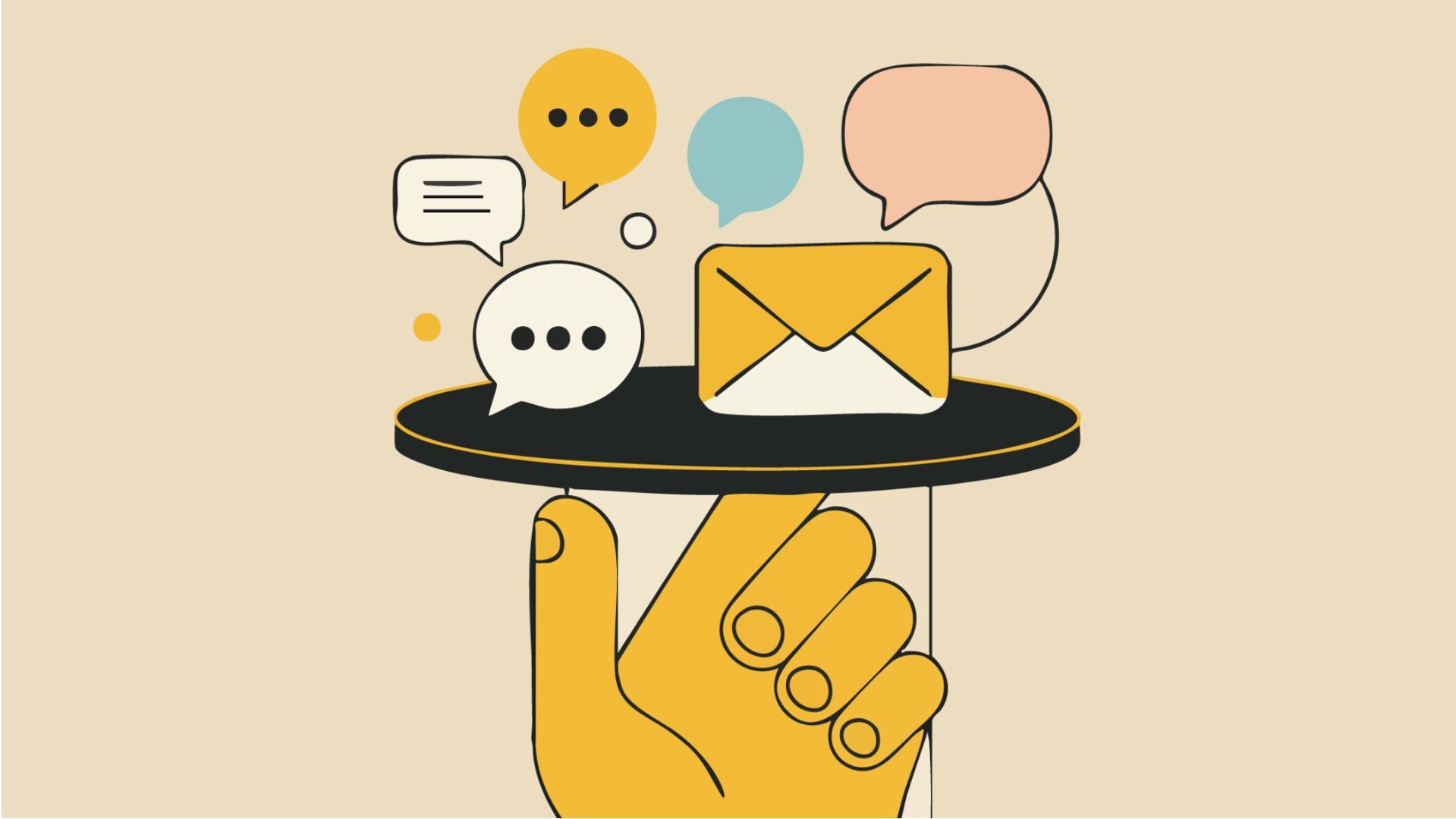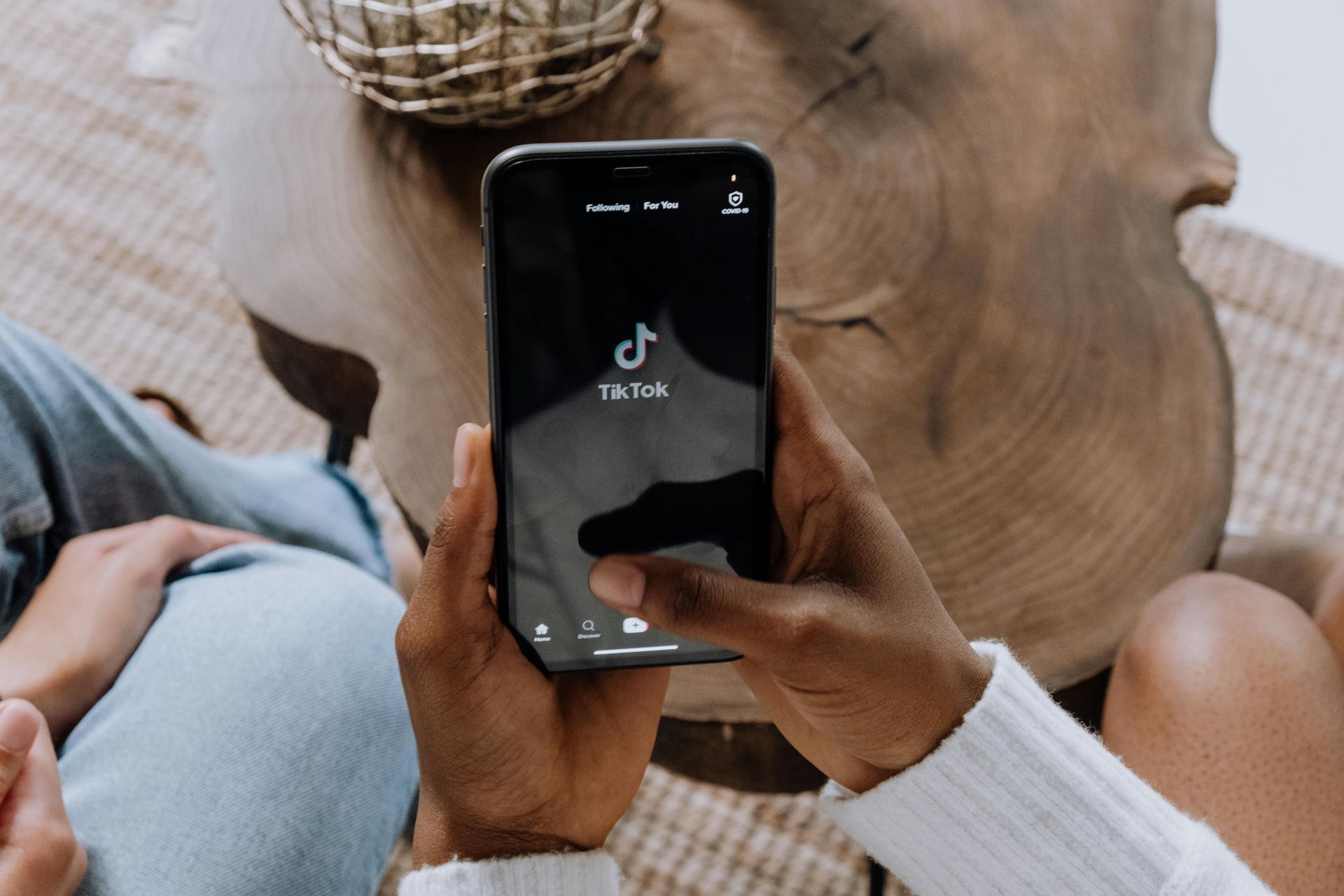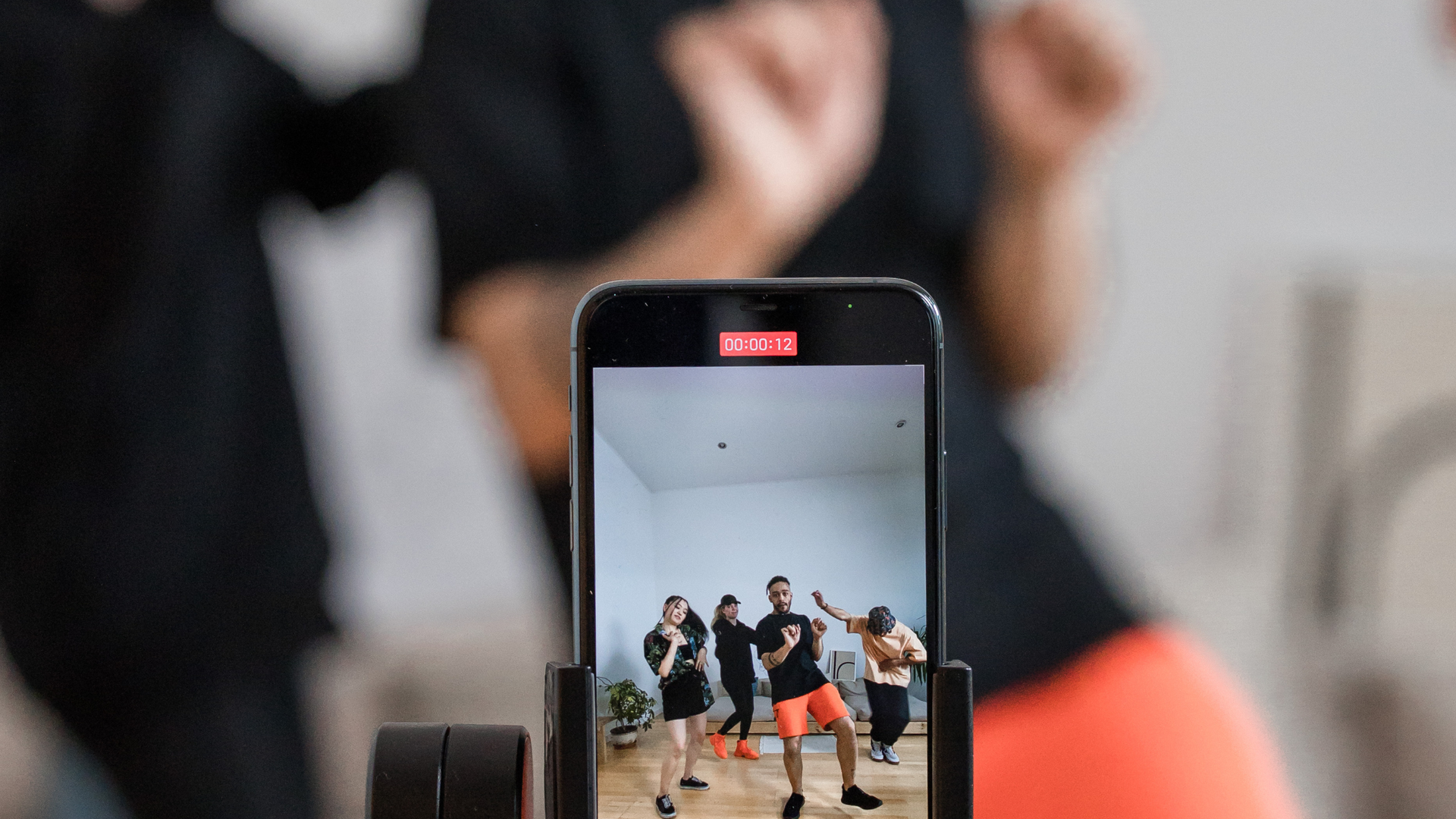What is a Landing Page and Why Do You Need One?
In the vast world of digital marketing, one tool consistently stands out for its ability to generate leads, convert visitors, and enhance your marketing strategy: the landing page. Whether you're launching a product, running a paid ads campaign, or building out your sales funnel, understanding what a landing page is and why you need one is critical for achieving success.
In this blog post, we’ll explore everything you need to know about landing pages, from definitions and types to best practices and examples, to help you create high-converting landing pages that fuel your growth. If you're ready to enhance your digital marketing efforts and generate more leads, this guide is for you.

What is a Landing Page?
Let’s begin with a simple definition of a landing page. A landing page is a standalone web page specifically created for a marketing or advertising campaign. Unlike your website’s homepage or other web pages, a landing page is designed with a single focus or goal, often called a call to action (CTA). That goal might be to collect email addresses, promote a product, download a resource, or sign up for a service.
Landing pages are tailored to a specific audience and aligned with a particular objective. Whether you’re running Google Ads or promoting through social media, your landing page is where you “land” visitors after they click a link. That’s why creating dedicated landing pages for individual campaigns is so important.
Why Do You Need a Landing Page?
You might be wondering why not just send visitors to your homepage. Here's the truth: your homepage has multiple links, messages, and distractions. A landing page, on the other hand, is focused and action-oriented. Here’s why you should use landing pages frequently in your marketing strategy:
1. Lead Generation
Landing pages are ideal for lead generation. By offering value such as a free eBook, webinar, or trial, you can encourage visitors to provide their contact information. These are often called lead gen landing pages or lead capture pages.
2. Higher Conversion Rates
A well-optimised landing page eliminates distractions and guides users to take a specific action. This clear focus results in high-converting landing pages that outperform general web pages.
3. Better Campaign Measurement
When you use separate landing pages for different campaigns, you can track which ones convert best. Testing landing pages becomes easier, enabling better optimisation.
4. Improved SEO and SEM
Landing pages that are optimised for search engines can improve your search engine rankings. When paired with paid ads, they serve as effective destination pages that align with user intent.
5. Tailored Messaging
By creating separate landing pages for different audience segments or offers, you can personalise the experience and improve engagement.
Types of Landing Pages
Landing pages come in different forms depending on the campaign goal. Here are the most common types of landing pages:
1. Click Through Landing Pages
These pages warm up the visitor before sending them to another page, often to complete a purchase or sign up. They're used frequently in e-commerce.
2. Lead Generation Landing Pages
Also called lead capture pages, these are designed to collect visitor information through forms. They’re ideal for B2B and B2C marketing.
3. Long Form Landing Pages
These pages provide in-depth information, often used for high-ticket items or services that require more explanation.
4. Product Detail Pages
These can act as landing pages for specific product campaigns. They focus on features, benefits, and include a clear CTA.
Key Elements of a Successful Landing Page
There are several key elements you must include to build landing pages that convert. Let’s look at what makes a great landing page:
1. Compelling Headline
Your headline should clearly communicate the benefit of your offer. It’s the first thing a visitor sees and must grab attention immediately.
2. Concise and Persuasive Copy
The landing page copy should speak directly to your audience’s needs and pain points. Use clear language, short paragraphs, and bullet points for readability.
3. Visuals and Media
Include relevant images, videos, or infographics to reinforce your message. A well-designed landing page is visually appealing and aligned with your brand.
4. Strong Call to Action
Your call to action should be impossible to miss. Use contrasting buttons and action-driven text like “Download Now” or “Get Started.”
5. Lead Capture Form
This form should only request essential information to reduce friction. Too many fields can lower your conversion rates.
6. Social Proof
Testimonials, reviews, or user counts build trust and credibility, which help convert visitors into leads.
7. Trust Signals
Security badges, privacy policies, and guarantees make users feel safe sharing their information.
Creating Landing Pages: Best Practices
Want to know how to create a landing page that drives results? Follow these landing page best practices:
Use a Landing Page Builder
Tools like Unbounce, Instapage, and Leadpages help you create a landing page quickly using a landing page template. These tools come with built-in optimisation features.
Align with the Marketing Funnel
Understand where your audience is in the marketing funnel. A top-of-funnel page may offer an educational download, while a bottom-of-funnel page pushes a product demo.
Use Separate Landing Pages for Campaigns
Creating separate landing pages for each campaign improves targeting and tracking. One-size-fits-all doesn’t work in modern online marketing.
Optimise for Mobile
Most visitors come from mobile devices. Your landing page must be responsive and fast-loading.
A/B Test Regularly
Testing landing pages helps you understand what works. Test headlines, images, CTAs, and form fields to improve conversion rates.
Focus on SEO
An effective landing page is discoverable through search. Use keywords naturally in your headline, meta tags, and content.
Landing Page Examples That Work
Here are a few scenarios where landing pages convert exceptionally well:
SaaS Trial Offer
A lead generation landing page offering a 14-day free trial with minimal form fields and strong testimonials.
Webinar Registration
A click-through landing page with speaker bios, session details, and a countdown timer to create urgency.
eCommerce Product Page
A long-form landing page with product demos, reviews, and a limited-time discount CTA.
Real Estate Lead Page
A standalone landing page that offers a downloadable local market report in exchange for an email address.
How Many Landing Pages Do You Need?
There’s no universal answer, but research shows that companies with more landing pages generate more leads. Ideally, create a dedicated landing page for every major offer, persona, and traffic source. The more targeted your pages, the better they’ll perform.
How Landing Pages Fit Into Your Marketing Strategy
Your landing pages are not just digital brochures. They are the workhorses of your digital marketing and online marketing campaigns. From lead generation to nurturing prospective customers, they serve as critical touchpoints in the sales funnel.
When used correctly, landing pages enhance:
- Paid ad performance
- Email marketing ROI
- Social media engagement
- SEO visibility
- Customer acquisition costs
Start Building High-Converting Landing Pages Today
Now that you know what a landing page is and why you need one, it’s time to put that knowledge into action. Whether you’re running Google Ads, launching a product, or building your email list, landing pages are essential for success.
Ready to grow your business with better conversion strategies? Social Media Time can help you create landing pages that capture leads, convert visitors, and drive real results. From design to optimisation, we’ve got you covered.
Contact Social Media Time today to build your next high-converting landing page!
